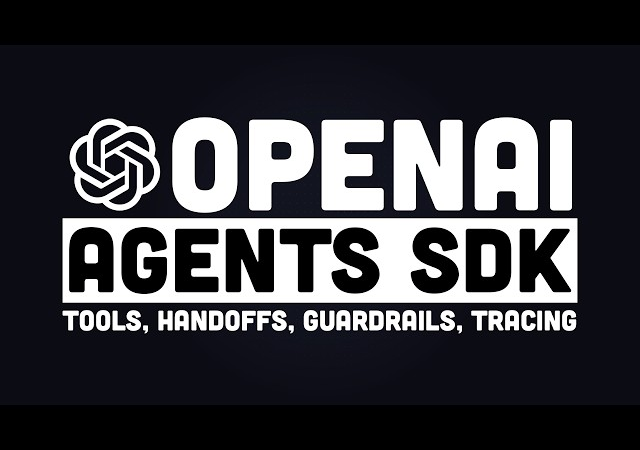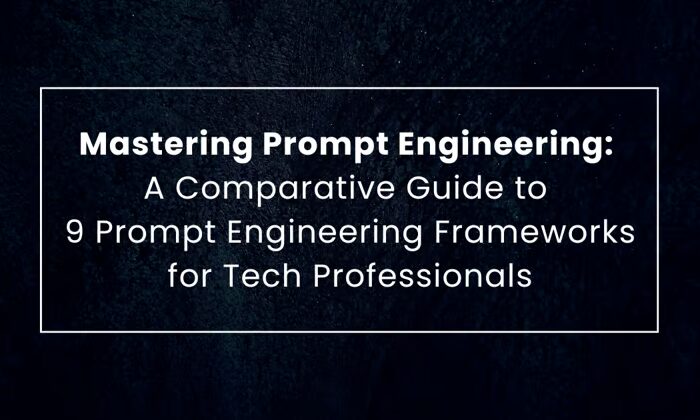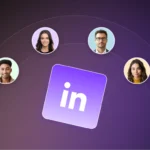
Thinking of taking your B2B services into new markets?
Unsure how to keep your B2B sales strategy running smoothly while you expand?
You’re in the right place.
In this blog, let’s break down what B2B sales lead generation means when you’re entering a new region—and how to build a system that keeps your pipeline active, even while you’re navigating new territory.
We’ll cover:
- What B2B lead generation is all about
- Key things to consider before going international
- And the one B2B sales strategy that’ll help you grow with confidence
If you’re looking to expand without losing momentum, let’s dive in.
What’s a B2B Sales lead generation system?
So, what exactly is a B2B sales lead generation system?
It’s the process of getting other businesses interested in what you offer, before they’re ready to make a buying decision.
You’re taking someone who has no clue what your company does, and slowly guiding them to the point where they’re interested enough to have a real conversation with you.
From there, you figure out together if it makes sense to work together or not.
And no, we’re not talking about walking into a pastry shop and buying a croissant.
That’s B2C.
This is B2B → You’re selling business solutions to business people.
Think of something like offering an AI tool to a business development team.
You get the idea, right?
Now, the workflow you use to do all this?
That’s your B2B sales lead generation system.
And there are a few common ways to generate those leads:
- Outbound lead generation:
You reach out directly, via:
- Cold emails
- Cold calls
- LinkedIn DMs. You’re starting the conversation.
- Inbound lead generation:
You create helpful content, like:
- YouTube videos
- Entradas de blog
- LinkedIn articles, and people come to you because they see value in what you’re sharing.
- Paid advertising:
Instead of cold emails, you show ads on YouTube, Instagram, Facebook, or Google—to people who’ve never heard of you.
These ads pull them into your funnel through content, landing pages, or offers.
No matter the method, the goal is always the same:
- Book a meeting
- Have a meaningful conversation
- Guide them through your B2B sales process
- Close the deal
At the end of the day, it’s about building trust.
Businesses don’t just throw money at solutions, they want to feel confident they’re getting real value in return.
And that’s the job of a good B2B lead generation system:
To move people from cold to curious, and eventually, to a closed deal.
What you need to consider before expanding overseas
Expanding into new markets like Singapore, Hong Kong, Malaysia, or South Korea can open up exciting opportunities for your B2B business.
More customers, more revenue, and a stronger global presence.
But international expansion isn’t just about packing up your offer and shipping it overseas.
It comes with a whole new set of challenges.
So before you dive in, here are some key things you really need to think through:
- Understand the Market You’re Entering:
Not every country operates the same way.
You need to understand how businesses in your target market:
- Buy
- How decisions are made
- What the local competition looks like.
Pregúntate:
- Is there proven demand for what we offer?
- Are the business pain points the same as in our home market?
- Do customers prefer local providers?
- Cultural and Regulatory Differences:
Each country has its own business culture, laws, and compliance rules.
A casual sales approach that works in the U.S. might not land well in Korea or Malaysia.
You’ll want to:
- Learn how business communication and negotiation work locally
- Understand local business regulations, licensing requirements, and data privacy laws
- Be ready for language barriers (You’ll either need to hire in-house translator or outsource to one)
- Know All Your Costs Upfront:
Global expansion isn’t cheap.
Before you commit, map out all the potential costs involved, including:
- Hiring (local team or expat support)
- Setting up a legal entity or local office
- Marketing and localization (translating websites, tailoring your offer, etc.)
- Compliance, legal fees, and insurance
- Travel, logistics, and international operations
- Exchange rates and foreign transaction fees
Understanding your cost structure will help you avoid cash flow surprises down the road.
- Decide How You’ll Build Your Local Presence:
Should you send one of your top-performing sales reps abroad?
Or hire someone local who already understands the market?
Both options have pros and cons:
- Internal hire: already knows your product, but may struggle with cultural and language differences
- Local hire: understands the market, but needs to learn your offering and internal processes
Whichever you choose, make sure they’re aligned with your overall B2B sales strategy.
- Set Up Reliable Banking and Payment Systems:
It’s easy to overlook, but super important.
How will you send and receive money?
Do you need a local bank account?
Make sure you understand:
- International payment gateways
- Local tax rules and invoicing requirements
- Whether your current payment systems work in the new market
- Prepare for Unexpected Challenges:
Global expansion can be unpredictable.
- Delays
- Legal issues
- Miscommunication, they’re all part of the game.
The more prepared you are for obstacles, the better you’ll be at adapting and keeping your B2B sales pipeline running.
To sum up, International growth is a smart move, but it needs to be a strategic move.
Do your homework, plan carefully, and understand what you’re walking into.
That way, you’ll set up your B2B sales lead generation system for long-term success, not just a short-term push.
B2B Sales strategy that you can use when expanding overseas
If you’re planning to expand your B2B business into new markets, having a solid B2B sales strategy isn’t optional—it’s essential.
Think of your strategy as your blueprint.
Without one, you’re pretty much flying blind.
But with the right plan in place, you’ll know exactly what to focus on, how to position your offering, and how to keep your sales pipeline moving, even in a completely new environment.
Here are some tried-and-tested B2B sales strategies that still work, and work well—when you’re going global:
- Research the Market Deeply:
Before anything else, take the time to truly understand the market you’re entering.
Ask questions like:
- Who are the local players and competitors?
- What are businesses currently spending on solutions like yours?
- Is your pricing competitive for that region?
- Are your ideal customers even there—and how do they buy?
Example: If you’re entering South Korea with a SaaS product, research how tech buying decisions are made.
It’s often a longer, more hierarchical process compared to, say, Malaysia, where decisions can move quickly in smaller firms.
- Know Your Audience (and Speak Their Language):
Beyond demographics, understand:
- Their biggest pain points
- What value does our solution bring to them
- How they prefer to be sold to (face-to-face, webinars, live demos, etc.)
For instance, in Singapore, tech buyers are often well-informed; they expect data-backed sales pitches.
But in Hong Kong, relationships might matter more, so having a local partner or referrer could go further than a cold pitch.
- Understand Cultural Norms and Local Regulations:
Sales is never just about product, it’s also about trust. Cultural missteps can derail deals.
- Learn local business etiquette
- Get familiar with compliance and data privacy laws (especially for SaaS and AI tools)
- Adapt your pitch style to match cultural expectations
Like, in Malaysia, humility and politeness are valued. Coming across as too aggressive can backfire.
In contrast, a more direct and confident pitch might be expected in the U.S.
- Sort Out Your Banking & Payment Systems:
Getting paid across borders can be messy.
- Traditional wire transfers can be slow and error-prone
- Look into international payment platforms like Wise, Payoneer, or Stripe (if supported)
- Consider setting up local accounts for smoother transactions
- Always factor in conversion rates, processing fees, and tax requirements
Tip: If you’re billing clients in different currencies, set up local pricing pages and use tools that auto-convert to avoid confusion or friction.
- Set Clear Objectives and KPIs:
What does success look like for your expansion?
Set tangible goals like:
- Number of qualified leads per month
- First 10 discovery calls booked in-market
- Local partner/channel relationships established
- Closed revenue within the first 3 or 6 months
Don’t just aim to “grow in APAC.”
Break it down.
For instance, “Generate 50 qualified leads in Singapore through inbound content within 90 days” is clearer and easier to track.
- Diversify Your Marketing and Lead Gen Channels:
You can’t rely on just one method to reach new customers abroad.
Here’s what to try:
- LinkedIn: Great for outbound, especially in markets like Singapore or South Korea
- Quora & Reddit: Answer industry-related questions, position yourself as a helpful expert
- X (formerly Twitter): Connect with thought leaders, join industry conversations
- Public Tender Boards: Especially useful for government or large B2B projects (e.g., Hong Kong e-Procurement or Singapore’s GeBiz)
- Cold Outreach + Content: Mix cold emails with value-based blog posts or demo videos to warm up leads
Pro tip: Combine targeted LinkedIn ads with a downloadable local-market guide.
Follow up with a cold email campaign that references the same topic.
Now you’re running a mini lead-gen funnel abroad, isn’t that cool?
- Focus on the Right Countries First:
Not every country is a good fit for your solution; prioritize wisely.
Look at:
- Market demand
- Buying power
- Tech adoption levels
- Ease of doing business
Example: If you’re in software, countries like Singapore and South Korea have high software adoption and digital infrastructure.
Easier entry, faster validation.
- Build a Repeatable System Using Automation and AI:
Set up processes that don’t rely on you being everywhere at once.
- Use CRM tools (HubSpot, Pipedrive, etc.) to track leads
- Automate outreach with tools like Apollo or Lemlist
- Use AI to personalize cold emails, generate content, or qualify leads faster
Tip: Build once, repeat often.
Once you figure out a working outreach + follow-up + pitch + close flow in one market, adapt and roll it out in the next.
In 2025, expanding overseas is about selling smarter.
With the right B2B sales strategy, you’ll know who to talk to, how to reach them, and how to close deals—without burning time or budget.
Conclusión
Expanding your B2B business in 2025 isn’t as tough as it used to be.
With advanced technology and the rise of AI, growing globally has become more affordable, faster, and easier, especially when you have the right systems in place.
In this blog, we’ve covered the basics of international growth, from setting up a solid B2B sales strategy to building a reliable B2B sales lead generation system.
As we go deeper into the topic, you can expect more practical, detailed content on how to successfully expand your B2B business overseas—step by step.
Subscribe to our AI Business Asia’s Hoja informativa and stay Tuned!!
Suscríbete para recibir actualizaciones de las últimas publicaciones del blog








Deja tu comentario: